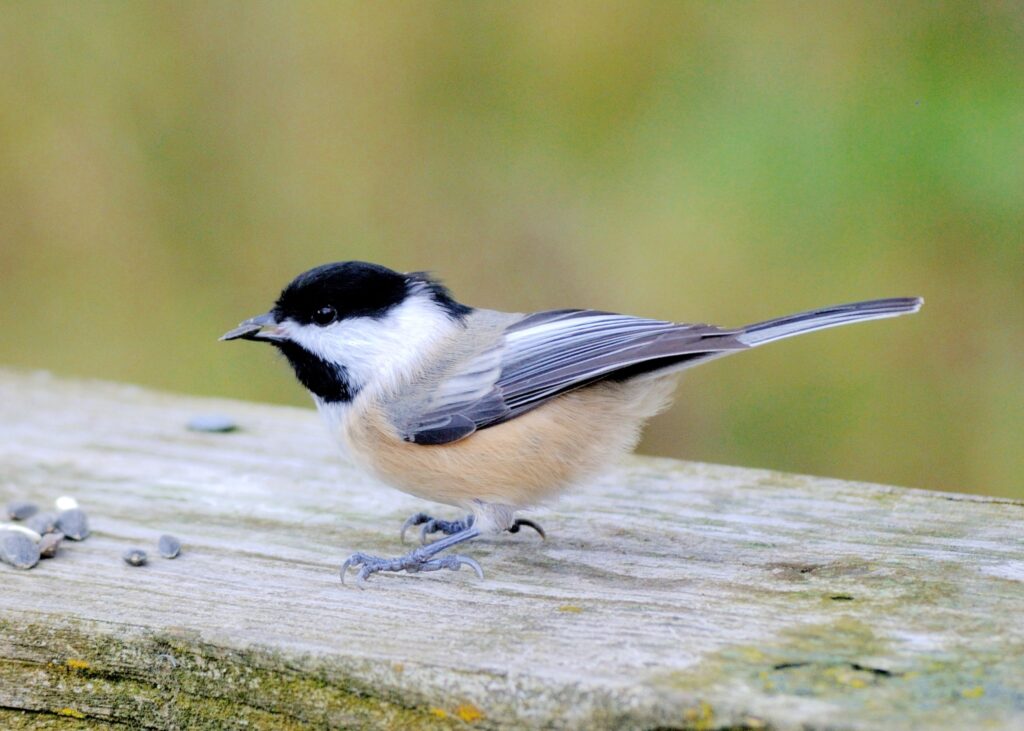
Your ability to navigate space and time is anchored in your memory, particularly episodic memory, which catalogues the experiences you have in a given location. This type of memory is shaped by complex neural networks firing within your hippocampus. So how exactly do we store memories of the hundreds of things that happen to us in a day, especially when they unfold in the same settings?
There are theories as to how we form single-shot, or “episodic”, memories, many of which center around the activity of place cells, which light up when you are in a specific environment. The idea here is that, with every event that happens in a place, these cells would shift and fire in novel patterns. Scientists at the Zuckerman Mind Brain Behavior Institute at Columbia University questioned this—while it is known that place cell activity can certainly be affected by experiences, they wondered whether there could be an alternative explanation for episodic recall that wouldn’t require the constant remapping of one’s core memory of a place.
In a paper published late March 2024 in the journal Cell, these scientists posited a theory for the formation of episodic memories that proposed a mechanism beyond place cells. While place cells would provide the underlying context for an environment, there could be other neurons and patterns at play that would code for specific experiences. They investigated this theory by monitoring neuron activity in the brains of food-caching birds, specifically the black-capped chickadee.
Food caching, or the practice of ferreting away food items for later consumption, requires the long-term retention of many distinct and well-defined memories. Food-caching memories form quickly and record place alongside other contextual features like content and time, thus providing the “what, where, when” dimensions characteristic to an episodic memory. Black-capped chickadees have mastered the art of food-caching—in fact, some estimates of the number of food items that a chickadee can store in a single year range up to 500,000.
Chickadees are quite small and their metabolisms are lightning fast. To survive cold temperatures, they must eat almost constantly, gaining 10 to 15 percent body fat during the day that they will burn off overnight. For survival, their capacity to recall where they’ve hidden food needs to be ironclad.
To test episodic memory formation in black-capped chickadees, scientists set up an arena with 128 covered cache sites. The chickadees were given sunflower seeds and their behavior in the arena was recorded on video. Scientists defined four distinct types of events: caches, retrievals, checks and visits. Caches occurred when a bird would hide a seed, retrievals when they would recover a seed from a cache site, checks when a bird would open the cover to a cache site but would not cache or retrieve food, and visits when a bird would land on a cache site without opening the cover. Scientists implanted a probe into the brain of each bird to record neuron activity in the hippocampus during these events.
Researchers observed that neurons fired in different combinations during cache events, even if they occurred at the same site, creating a sort of “barcode” that allowed the birds to remember precisely what they hid, where, and when. These patterns were distinguishable from place cell activity, which occurred at every visit to a cache site, as a barcode would only form when a bird was actually storing or retrieving a seed. This suggested to researchers that the mechanisms behind crafting a mental map of an area and recalling events that happen in that area are distinct.
Recent research has shown that the place cells in a bird’s brain resemble those found in mammals. While birds don’t have the same autobiographical recall—memory as it relates to the broader context of the world and other memories of one’s own life—that humans do, the results of this study with black-capped chickadees beg the question of whether humans might also rely on similar neural “barcodes” for episodic memory.
So next time you forget where you put your keys, maybe you can do as the black-capped chickadee would do and fall back on your barcodes.
Sources:
Barcoding of episodic memories in the hippocampus of a food-caching bird: Cell
Rain, snow fails to deter clever, all-weather chickadees | UC Davis
Chickadees Boast Masterful Memory Due to Barcode-Like Brain Patterns (msn.com)
Latest posts by AnnaKay Kruger (see all)
- Elephants May Call Each Other By Name - July 16, 2024
- Studying Episodic Memory through Food-Caching Behavior in Birds - April 16, 2024
- A Silent Killer: Tracking the Spread of Xylella fastidiosa - March 27, 2024
